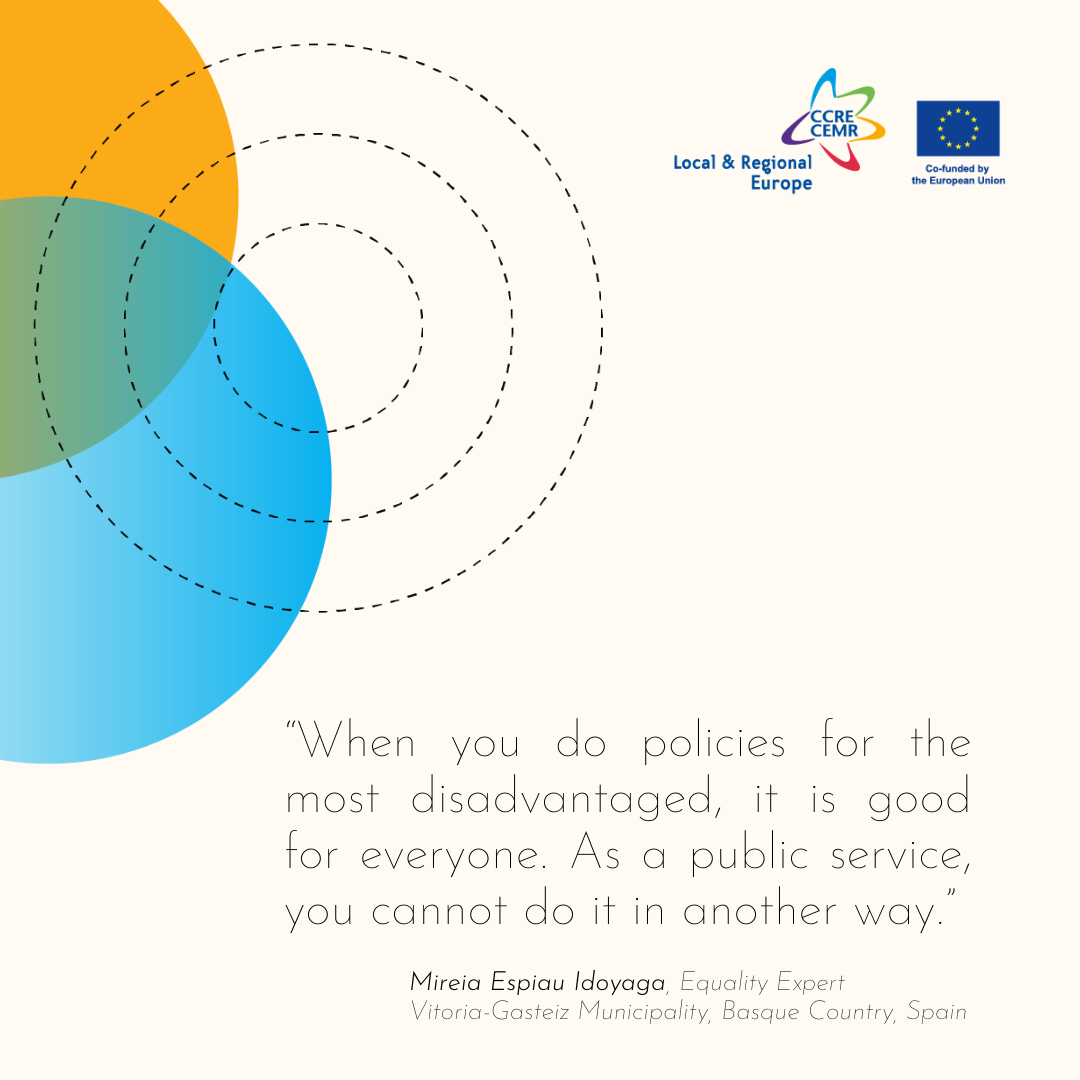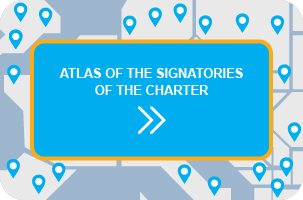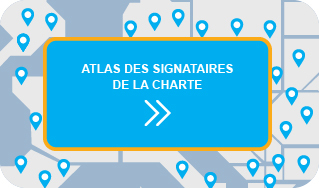Introducing Intersectionality for Local and Regional Governments: CEMR’s New Equality Publication
Maybe you have heard about intersectionality or intersecting forms of discrimination and disadvantage. With its new guide, CEMR sets out to explain what it is and what it means for local and regional equality policies.
Originally put forward by Kimberlé Crenshaw, an American law professor, intersectionality is a conceptual tool, or “a prism for seeing the way in which various forms of inequality often operate together and exacerbate each other”. It can be a powerful framework for understanding the complex interplay of various factors that impact people’s lived experiences in relation to their community such as identity, institutional power, privilege and disadvantage.
With the growing importance and integration of intersectionality in international and European politics, it became necessary to provide local and regional governments with their own guide to understanding how to mobilise this concept in their work and activities.
This introductory guide (or primer) includes an accessible presentation of what intersectionality is for non-experts and how they can apply it in their work. It features several good practices from municipalities across Europe, ideas for action and graphic tools that help to visualise inequalities, discrimination and overlapping forms of oppression in any given society. It is a first step aimed at raising awareness on the topic and how it can be applied in practice at the local level.
Chair of the CEMR Standing Committee for Equality, Councillor Silvia Baraldi, emphasised that “We, as local governments, have a responsibility to be in step with the times and to bridge the gaps between theory and practice in terms of equalities. I am proud of this brave work undertaken by CEMR and hope that it will initiate many discussions and inspire new and effective policies to promote equality and inclusion at local level.”
Countering inequalities and discrimination and providing high quality and pertinent services to citizens are at the core of local and regional government action. In this context, intersectionality is a useful tool at the local level to take better and more inclusive decisions: it accompanies decision-makers through a process to change perspectives and listen to as many voices as possible. As shown throughout the primer, this concept allows local and regional governments to better tailor their policies and services to fit the needs of their societies and the citizens they serve.
With this guide, local leaders and administrators are invited to reflect, discuss and get inspired. It can kick off a transformative process which simultaneously enriches public policies and makes sure that no one is invisible or excluded.
Read it in English here.
















